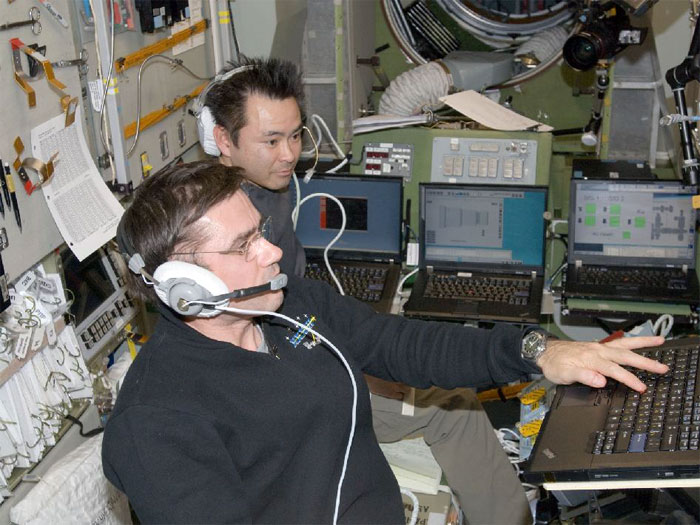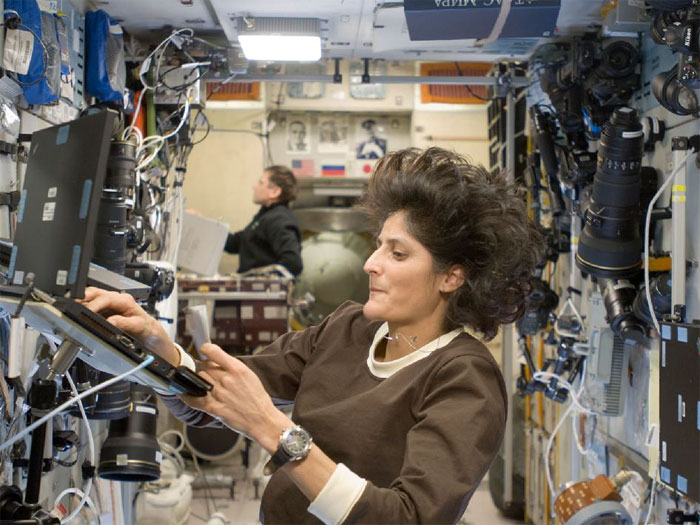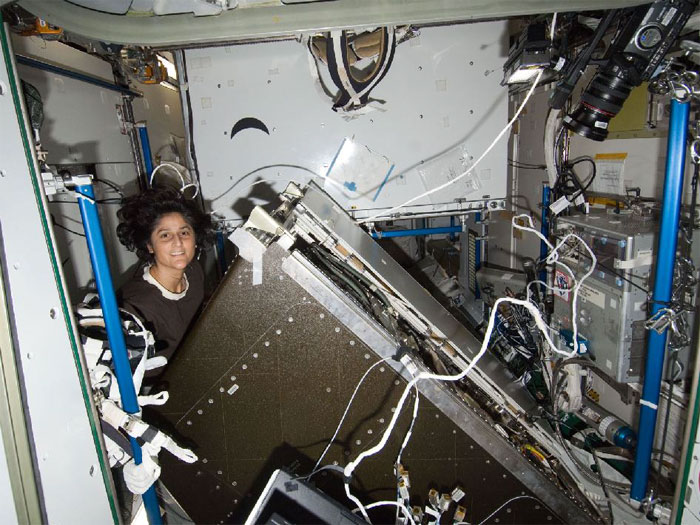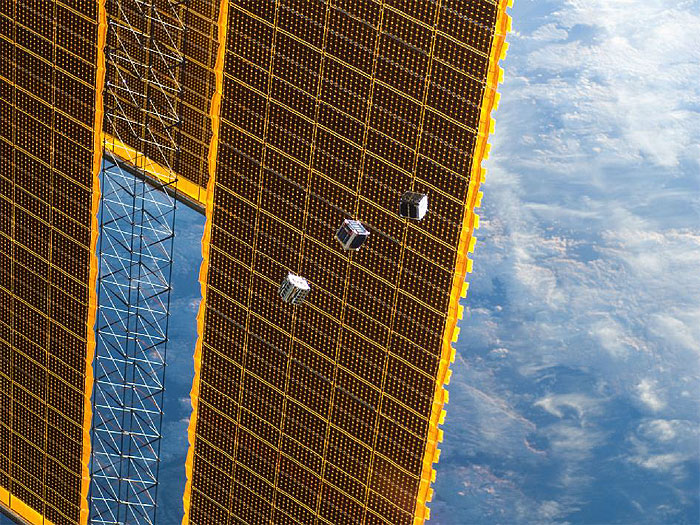-

-








Satellite swarm released from ISS
Five small satellites were released from the International Space Station from late Thursday night to early Friday morning Japan time in the first such experiment to employ a robotic arm, the Japan Aerospace Exploration Agency said.
Three Japanese-made and two U.S.-made satellites were sent out. Releasing satellites from the ISS results in less vibration than direct launches on rockets, helping to reduce design and production costs, according to JAXA.
The experiment involving Japan's Kibo lab used satellites provided by such entities as the Fukuoka Institute of Technology, Tohoku University and Wakayama University. It was conducted in two parts. The first part involved astronaut Akihiko Hoshide, who has been on the ISS since July.
After being released into orbit, the satellites will carry out various missions, including taking pictures of Earth and sending Morse code messages to the ground with a high-power light-emitting diode, for about 100 days, JAXA said.
At the Fukuoka Institute of Technology, students involved in the development of the FITSAT1 satellite shouted for joy after its successful release. "We are relieved," said Professor Takushi Tanaka, who led the development team. "It's out in space without a hitch."
The team will conduct the world's first experiment next month to send a Morse code message from space to Earth via a flashing light visible through binoculars.
The team said it has received requests from Britain, Brazil and elsewhere, including one to transmit from the sky over New York's Central Park.
Quelle. JAXA
